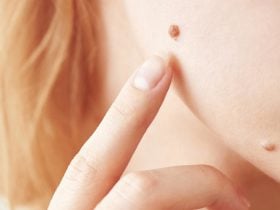Symptoms and Treatment for Lipedema
Symptoms

Lipedema develops in phases, with symptoms getting worse as the condition worsens. The symptoms of lipedema might vary depending on the stage and can include:
- symmetrical edema in the arms or legs
- skin that is “spongy” feeling
- skin that is prone to bruising
- delicate skin
- extra varicose or spider veins on the skin
- leg pain or swelling that is persistent and varies or gets worse during the day or with activity
Treatment
Although lipedema has no known cure, treatment can help manage symptoms and halt the disease’s progression. The following are some possible lipedema treatments:
- Maintenance of weight: A healthy diet that is balanced and frequent exercise can help stop more fat from forming. But, before starting a new fitness or diet program, you should always consult your doctor first.
- The right skin care routine: Maintaining a proper skin care regimen can help keep the affected skin feeling hydrated, preventing the development of dry, uncomfortable skin and subsequent issues.
- Compression therapy: Using compression stockings, or other bandages to the affected skin might help lessen discomfort and swelling. Moreover, compression therapy can be tailored to address your unique problems.
- Liposuction: In some circumstances, liposuction [1] can assist in removing extra fat buildup, improve signs and symptoms, and enhance general quality of life. Yet because this is a medical operation, you should always consider the advantages and disadvantages before proceeding.
- Surgery: In some extreme circumstances, surgical debulking [2] may be required.













